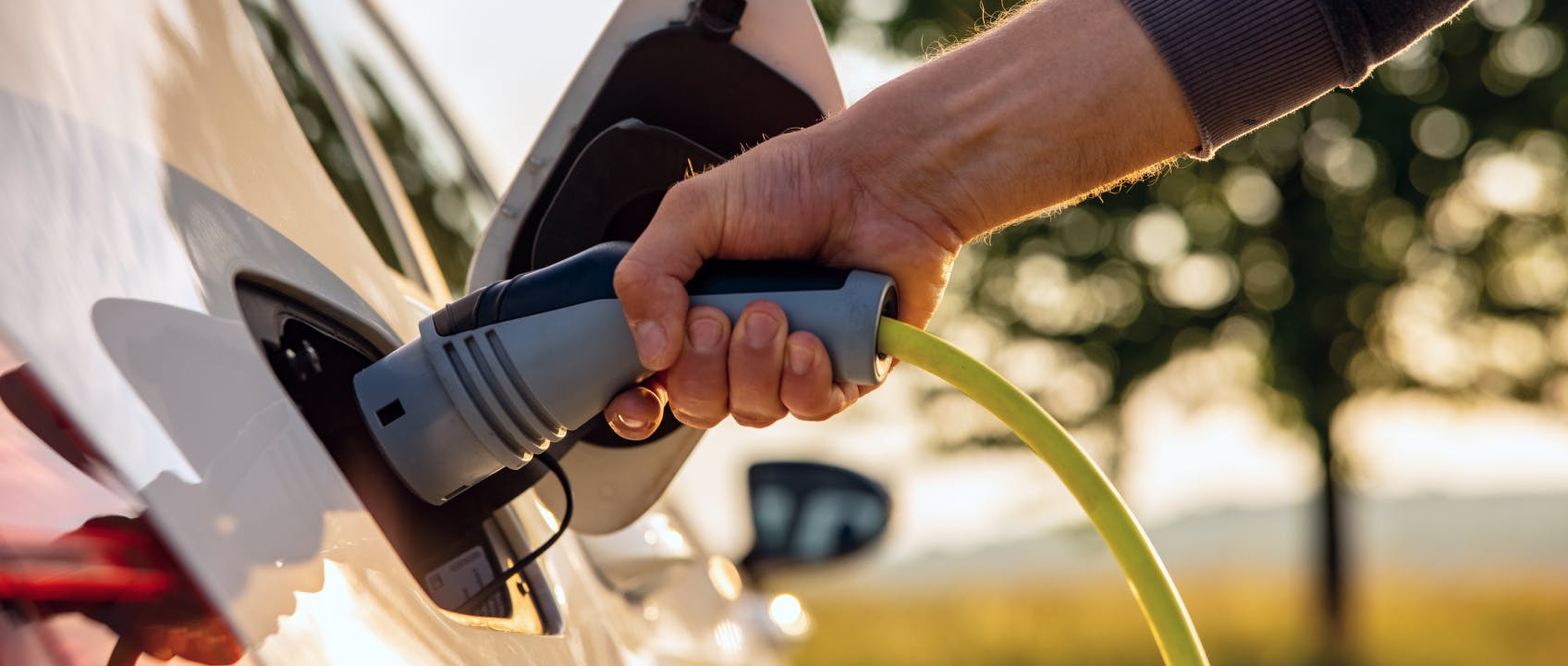Cashless payments in the UK and worldwide

All those payments that are made with alternative methods to cash are defined as cashless: from more traditional methods such as credit transfers, SDDs - former bank RIDs, to more recent ones such as payment cards, digital wallets or A2A (Account to Account) payments, for example iDEAL or Giropay.
These methods are replacing cash globally, although the use of cash is still very common. There are many advantages of “cash-free” payments, the main ones are:
- Payment limit
The limit for cashless methods does not depend on the funds in the wallet, but on the capacity of the tool (e.g. bank account, credit card, wallet). For cash, on the other hand, there are regulatory restrictions, which change from country to country. - Operating costs
The infrastructure to provide cashless payments has significant costs. However, the management of banknotes and coins is much more expensive, especially if it is considered that, due to its lack of traceability, it increases crime and tax evasion. - Control
Electronic and digital payments allow to check constantly costs and collections. Internet banking, apps and portals enable to see in real time the transactions made, with all the information needed to manage the family or company budget.
In addition to the just listed advantages, there is also a very current one: environmental sustainability. According to two Dutch studies, commissioned by De Nederlandsche Bank¹, the environmental impact of a cash payment corresponds to the production of 4.6 grams of CO2, compared to 3.8 grams for a cashless transaction, a value that can be drastically reduced if the energy needed for the infrastructure (e.g. the POS) were produced from renewable sources.
Alternative payment methods to cash
As mentioned at the beginning of the article, cashless payment and collection systems can be classified into macro categories. In this chapter, we will delve into the most recent and innovative solutions, which are also those that are showing an increasing adoption rate:
- Payment cards
They are part of three main categories: credit, debit and prepaid cards. Accepting them is very simple: it is enough to have a POS for in-store payments or a gateway connection to the website for online retailers. - Digital wallets
Also called e-wallets, digital wallets are applications with which it is possible to pay online and often also in-store. Once downloaded the app in the smartphone, it is simply required to add one or more credit cards as the underlying payment method. Collecting transactions made with these tools is very simple: depending on the type of wallet, it‘s enough to have an enabled POS, for example in case of Apple Pay and Google Pay, or to be supported by an online gateway that can also accept these alternative payments. - Account to Account (A2A)
These are platforms that allow the 'direct' transfer of funds from one account to another. Below these services can be found bank transfers or alternative networks to traditional ones (e.g. Visa and Mastercard); MyBank and iDEAL are two examples of services based on Online Banking, while PayPal is an example of alternative payment on a proprietary network.
In addition to the applications just described, there is a fourth category that is characterised by the fact that it buyers can pay back the expenses in instalments. These are the BNPL (Buy Now Pay Later) platforms, thanks to which the customer can settle the debt in instalments. There are platforms that were born with this specific function, e.g. Klarna Pay Now (former Sofort) and Scalapay, and others that have recently integrated this method, e.g. PayPal "Pay in 3 Instalments" or Apple Pay Later.
Even in this case it is essential to have adopted a platform able to integrate these tools for online collections; while for in-store purchases instalment payments can be managed directly on the debit card.
But what are the market shares of cashless payment methods? Which ones have the most users today and are showing the highest potential?
Alternative payments: towards a cashless society
While the prevalence of using cashless payments for online purchases is evident, for which cash is relegated to cash-on-delivery purchases, the picture in the context of physical points of sale may be less obvious.
Recent data published by Statista² expect a double-digit growth (+16.3%) in digital payments globally over the period 2017-2027. When considering only Ecommerce and mobile POS payments during the period 2022-2027, the expected increases are even higher
- Digital Commerce (+68%)
- Mobile POS (+100%)
Europe will have the greatest potential between 2022 and 2027:
- China (+8,3%)
- Rest of the world (+14,6%)
- United States (+14,9%)
- Europa (+15,1%)
In particular, online and in-store digital payments in Europe will experience important increases:
- Ecommerce (+83%)
- Mobile POS (+158%)
Cashless payments in the United Kingdom
While it is true that the UK is also experiencing a period of transition towards the increasingly popular adoption of cashless payments, it is also evident that cash will not disappear soon.
According to the Statista Consumer Insights survey conducted in 2023, it is interesting to notice that debit cards are among the cashless payment methods preferred by UK consumers (74%) for in-store payments, as well as credit cards, used by 43% of respondents. Cash, however, continues to be used by a large number of consumers, i.e. 64% of respondents to the survey.³
In the same research, Statista ranked the most used online tools:
- 68% debit cards
- 59% wallets (e.g. PayPal. Amazon Pay, etc.).
- 57% direct debit
- 47% credit cards
- 17% prepaid cards/vouchers
Among digital wallets, PayPal continues to be the most used platform:
- PayPal (82%)
- Apple Pay (39%)
- Visa Checkout (28%)
- Amazon Pay (20%)
There is no doubt, therefore, that innovations in the field of payments and collections are contributing to the growth of a cashless society, i.e. a society in which cash will play a minor role. However, it can’t be denied that cash remains a strongly rooted tool, so it becomes strategic to identify effective solutions to manage it properly, reducing its costs in economic and operational terms.
In conclusion, the value of cashless payments for merchants and their customers is widely demonstrated by the data, but cash still remains one of consumer's preferred payment methods and is not going to disappear in the near future, which does not mean, however, that the opportunities offered by recent technological innovations should not be leveraged, so that the management processes can be digitalised as much as possible.
Sources
Global, Sustainable, Instant Digital Payments | Deda Group
Digital Payments report | Statista, 2023
Digital payment trends in the United Kingdom | Statista, 2023
Our insights

Integrating PISP services into the ERP system: invoice and payment reconciliation on a single platform

Why Open Finance and Embedded Finance are transforming the Energy & Utilities sector in the UK


